Inventory Management; An Introduction…
Inventory Management; An introduction…
Inventory management is crucial when it comes to operating a successful eCommerce business. Having good inventory management can help you lower your overall costs for storage, disposals, and stock replenishment. It helps to ensure that you always have the right amount of stock, allowing you to avoid overstocking or stockouts.
There are different methods of inventory management, which we will discuss in detail today. Lets dive in…


What is inventory management?
In a nutshell, inventory management is the process of tracking, organising and optimising your stock to improve your overall operations, customer demand, reducing costs, and increasing profits.
Inventory management involves using historical data to identify trends, patterns and demand, allowing you to find anomalies which can help prevent over/under-stocking.
Inventory management also goes hand in hand with warehouse management, allowing you to place stock in dedicated areas so it can easily be tracked and monitored.
What is Kitting and Assembly?
Kitting and assembly is a fulfilment service that is offered by most 3PL companies. It is a process that involves compiling, or assembling different parts and components together to create one final product, bundle, or kit. It is worth noting that this then becomes one singular SKU rather than multiple.
Kitting and assembly gives you the chance to offer customised bundles, kits, and products, meaning that you can drive more sales through discounts, promotions, etc.
Why is inventory management important?
Why is inventory management important?
Poor inventory management can be your biggest downfall since it affects every area of your business, from the overall storage costs to missing out on sales due to inadequate stock levels.
You may find it hard to increase customer retention and build a loyal customer base due to not always having stock on hand. Your repeat customers want to know that they can rely on you, but if your products are frequently out of stock, your customers will begin to look at your competitors.
As mentioned, having too much stock will cost you extra in storage costs, while not having enough can leave you to miss out on sales or pay extra fees to place a rush order with your supplier or manufacturer.
It can also make it harder to calculate your re-order levels and safety stock levels.
Balance is key.


Crucial elements for good and effective inventory management…
Let’s explore some of the crucial components needed to ensure you maintain a good and effective level of inventory management…
What is Kitting and Assembly?
Kitting and assembly is a fulfilment service that is offered by most 3PL companies. It is a process that involves compiling, or assembling different parts and components together to create one final product, bundle, or kit. It is worth noting that this then becomes one singular SKU rather than multiple.
Kitting and assembly gives you the chance to offer customised bundles, kits, and products, meaning that you can drive more sales through discounts, promotions, etc.
Exploring common inventory management methods…
What are the benefits of demand planning?
There are different methods that can be used when it comes to inventory management, and while there are no right or wrong answers, some prove to be more effective for businesses in comparison to others.
Let’s explore some of the most common inventory management methods…

ABC Analysis Method…
TikTok; The future of social commerce is at your fingertips…
The ABC Analysis method allows businesses to pinpoint the the most successful and impactful SKUs they have.
ABC analysis is often presented as a graph, showing the different SKUs based on their cost and quantity.
The graphs are divided into 3 categories;
- Green – Class A; These are your rapidly moving SKUs that are able to significantly drive sales. It is essential that they are always available for purchase due to their high demand.
- Amber/Yellow – Class B; These SKUs hold an intermediate level of importance, while they don’t contribute as much as Class A, it is still important to have enough stock on hand at any given point
- Red – Class C; These are your slow moving SKUs, items that are less popular or outdated stock. You may want to consider regularly reviewing your Class C SKUs to help you save on storage costs.

Homeware; Exploring the growing market…
Inventory Management; An introduction…
Inventory management is crucial when it comes to operating a successful eCommerce business. Having good inventory management can help you lower your overall costs for storage, disposals, and stock replenishment. It helps to ensure that you always have the right amount of stock, allowing you to avoid overstocking or stockouts.
There are different methods of inventory management, which we will discuss in detail today. Lets dive in…

Homeware; Exploring the growing market…
What is inventory management?
In a nutshell, inventory management is the process of tracking, organising and optimising your stock to improve your overall operations, customer demand, reducing costs, and increasing profits.
Inventory management involves using historical data to identify trends, patterns and demand, allowing you to find anomalies which can help prevent over/under-stocking.
Inventory management also goes hand in hand with warehouse management, allowing you to place stock in dedicated areas so it can easily be tracked and monitored.

Homeware; Exploring the growing market…
Why is inventory management important?
Poor inventory management can be your biggest downfall since it affects every area of your business, from the overall storage costs to missing out on sales due to inadequate stock levels.
You may find it hard to increase customer retention and build a loyal customer base due to not always having stock on hand. Your repeat customers want to know that they can rely on you, but if your products are frequently out of stock, your customers will begin to look at your competitors.
As mentioned, having too much stock will cost you extra in storage costs, while not having enough can leave you to miss out on sales or pay extra fees to place a rush order with your supplier or manufacturer.
It can also make it harder to calculate your re-order levels and safety stock levels.
Balance is key.

Homeware; Exploring the growing market…
Crucial components for good and effective inventory management…
Let’s explore some of the crucial components needed to ensure you maintain a good and effective level of inventory management…

Homeware; Exploring the growing market…
Exploring common inventory management methods…
There are different methods that can be used when it comes to inventory management, and while there are no right or wrong answers, some prove to be more effective for businesses in comparison to others.
Let’s explore some of the most common inventory management methods…

Tips and tricks for improving inventory management…
Tips for building a successful TikTok Shop…
Your analysis can only be as accurate as the historical data you have, so if you’re starting out with inaccurate data then your end analysis is likely to be inaccurate.
Having inventory management software in place allows you to have accurate, real time data.
Here is a list of the best inventory management systems, provided by Forbes.
Now let’s explore some other tips and tricks for improving your inventory management…

Partnering with a fulfilment centre…
TikTok; The future of social commerce is at your fingertips…
One of the most effective ways to improve your inventory management is by partnering with a 3PL (Third Party Logistics)
A 3PL will have the knowledge, expertise, team, and resources required to successfully handle your fulfilment, as well as your inventory management. Partnering with a 3PL can drastically improve all areas of your business – as long as you pick a good one!

Homeware; Exploring the growing market…
The ABC Analysis Method…
The ABC Analysis method allows businesses to pinpoint the the most successful and impactful SKUs they have.
ABC analysis is often presented as a graph, showing the different SKUs based on their cost and quantity.
The graphs are divided into 3 categories;
Green – Class A; These are your rapidly moving SKUs that are able to significantly drive sales. It is essential that they are always available for purchase due to their high demand.
Amber/Yellow – Class B; These SKUs hold an intermediate level of importance, while they don’t contribute as much as Class A, it is still important to have enough stock on hand at any given point
Red – Class C; These are your slow moving SKUs, items that are less popular or outdated stock. You may want to consider regularly reviewing your Class C SKUs to help you save on storage costs.


Game changing inventory management and fulfilment with TSP…
At TSP, we have over 20 years if experience in B2B and B2C fulfilment. We work with a variety of customers from a range of different sectors, all with a variety of needs and requirements that we are able to handle with ease.
Explore our full range of fulfilment services below…
What is Kitting and Assembly?
Kitting and assembly is a fulfilment service that is offered by most 3PL companies. It is a process that involves compiling, or assembling different parts and components together to create one final product, bundle, or kit. It is worth noting that this then becomes one singular SKU rather than multiple.
Kitting and assembly gives you the chance to offer customised bundles, kits, and products, meaning that you can drive more sales through discounts, promotions, etc.
Homeware; Exploring the growing market…
Tips and tricks for improving inventory analysis…
Your analysis can only be as accurate as the historical data you have, so if you’re starting out with inaccurate data then your end analysis is likely to be inaccurate.
Having inventory management software in place allows you to have accurate, real time data.
Here is a list of the best inventory management systems, provided by Forbes.
Now let’s explore some other tips and tricks for improving your inventory management…

Homeware; Exploring the growing market…
Partnering with a fulfilment centre
One of the most effective ways to improve your inventory management is by partnering with a 3PL (Third Party Logistics)
A 3PL will have the knowledge, expertise, team, and resources required to successfully handle your fulfilment, as well as your inventory management. Partnering with a 3PL can drastically improve all areas of your business – as long as you pick a good one!

Homeware; Exploring the growing market…
Game changing inventory management and fulfilment with TSP
At TSP, we have over 20 years if experience in B2B and B2C fulfilment. We work with a variety of customers from a range of different sectors, all with a variety of needs and requirements that we are able to handle with ease.
Explore our full range of fulfilment services below…



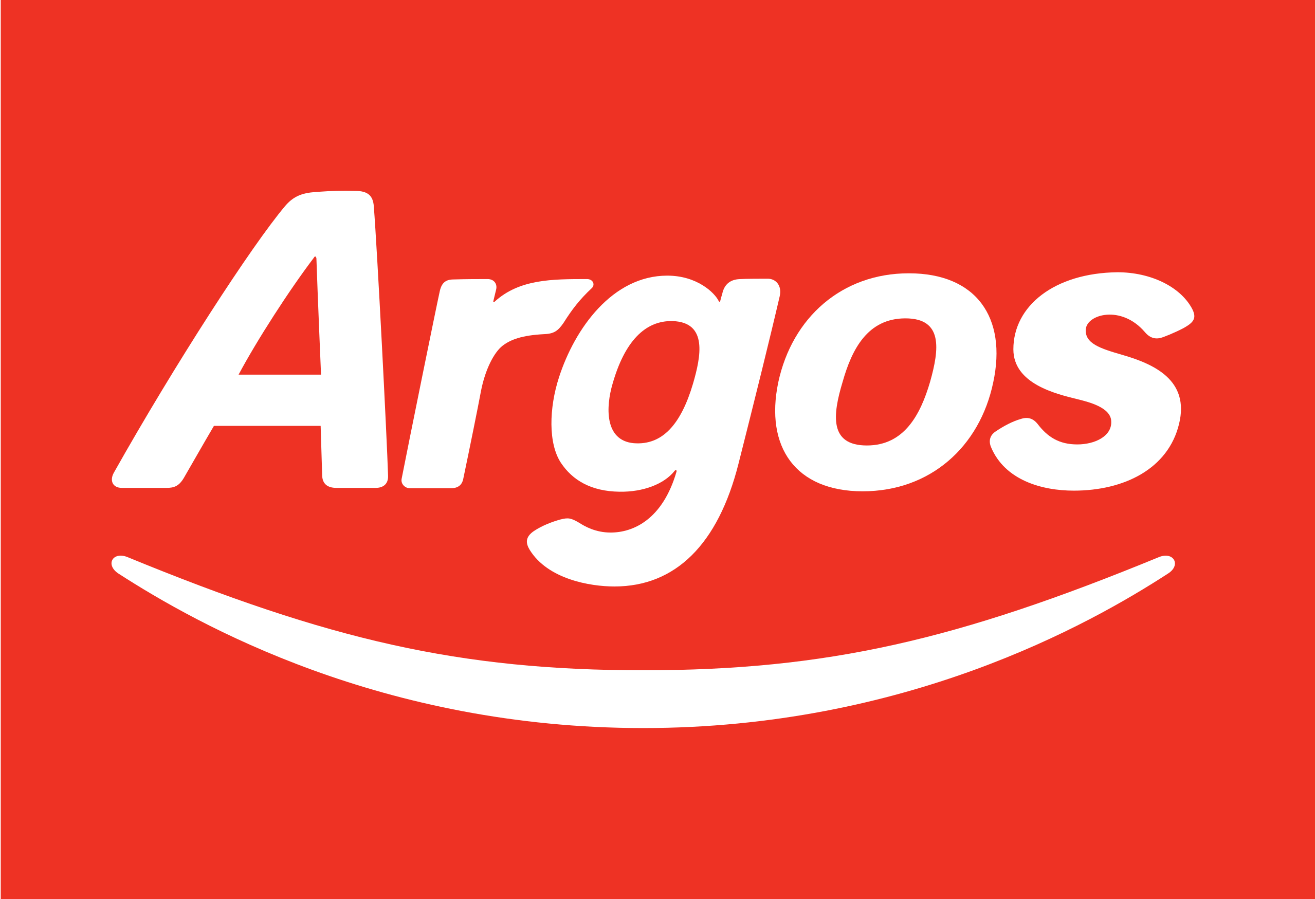


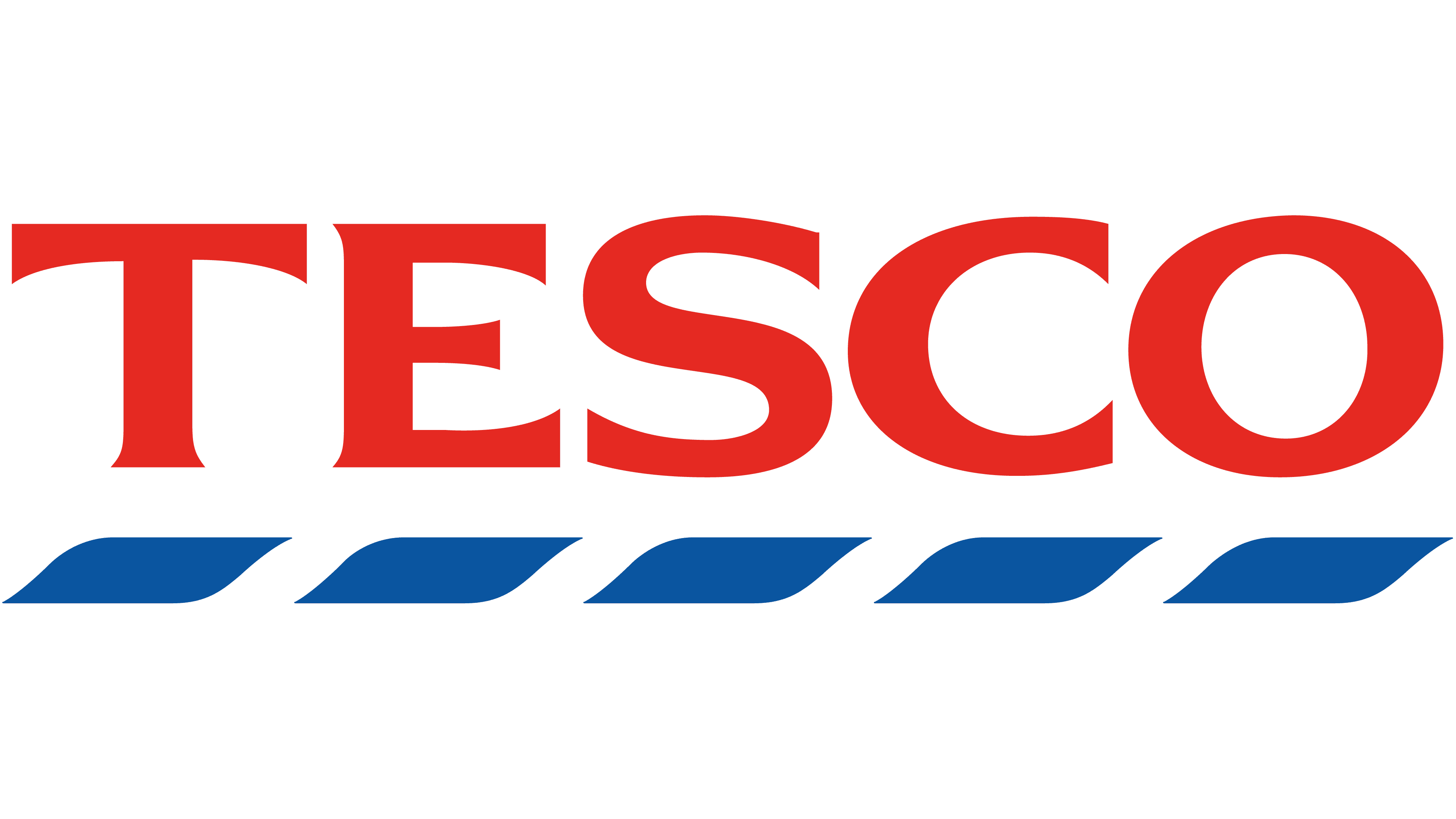
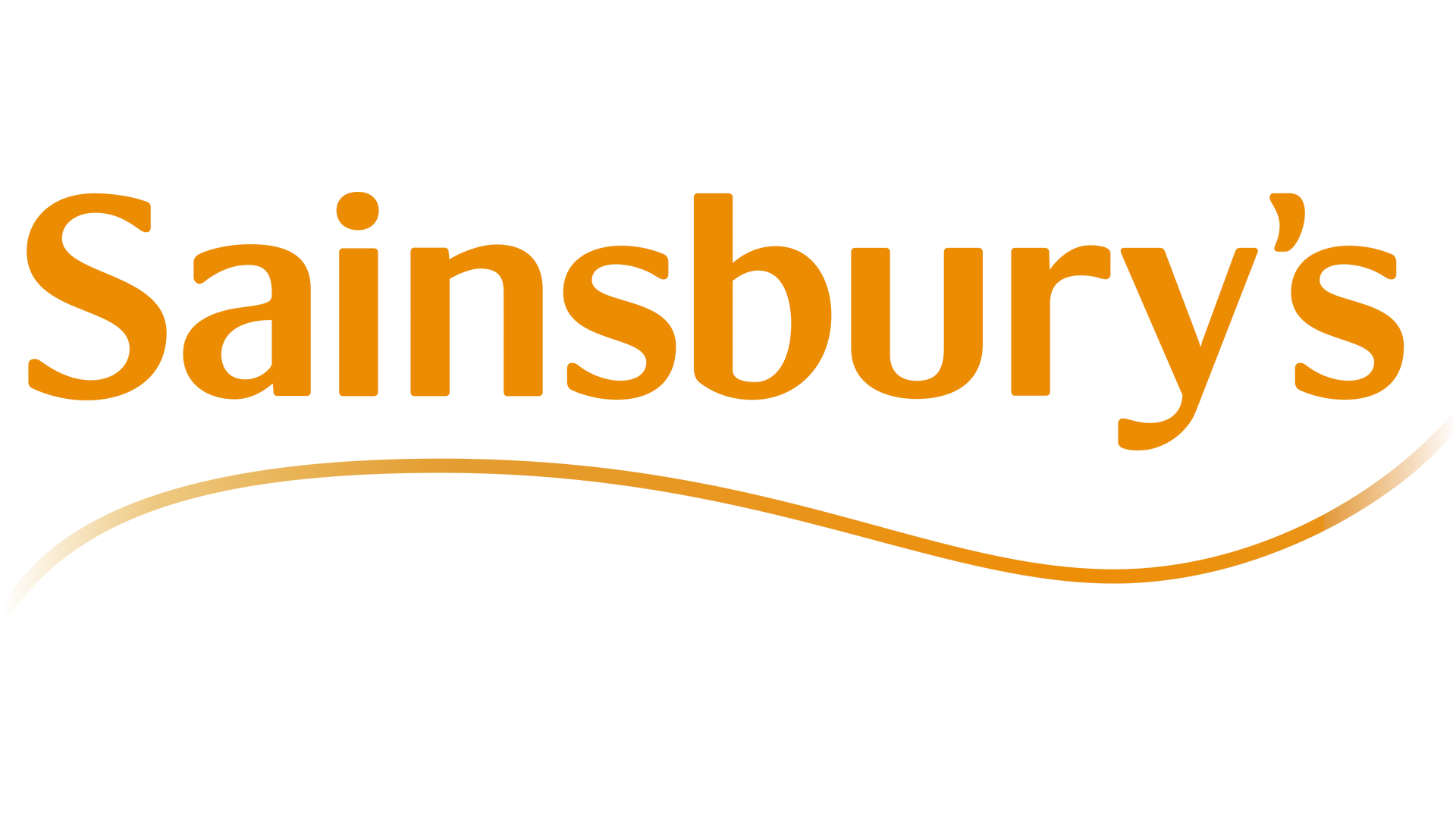



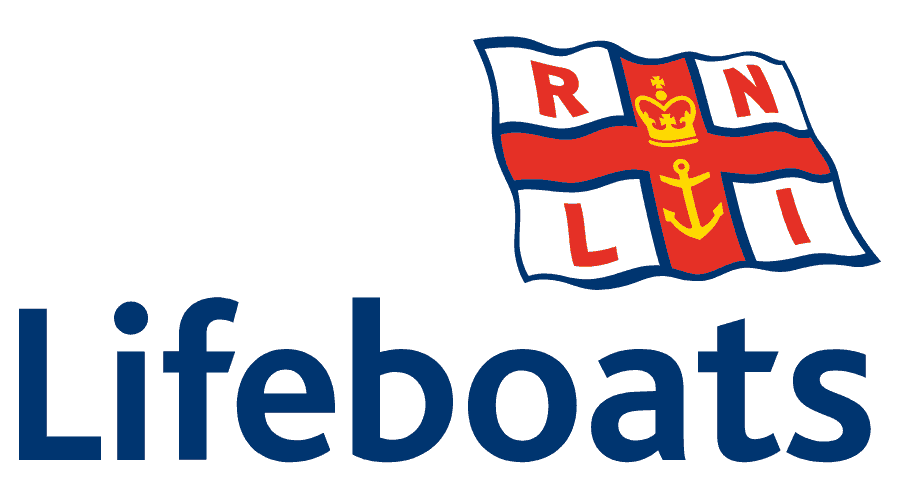


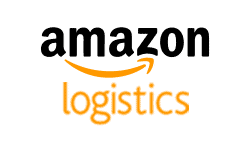
















Collate your product details and connect your stores / market places
Link you into our preferred courier network
Take delivery of your stock, go live!
Collate your product details and connect your stores & marketplaces.
Link you into our preferred courier network.
Take delivery of your stock, go live!











